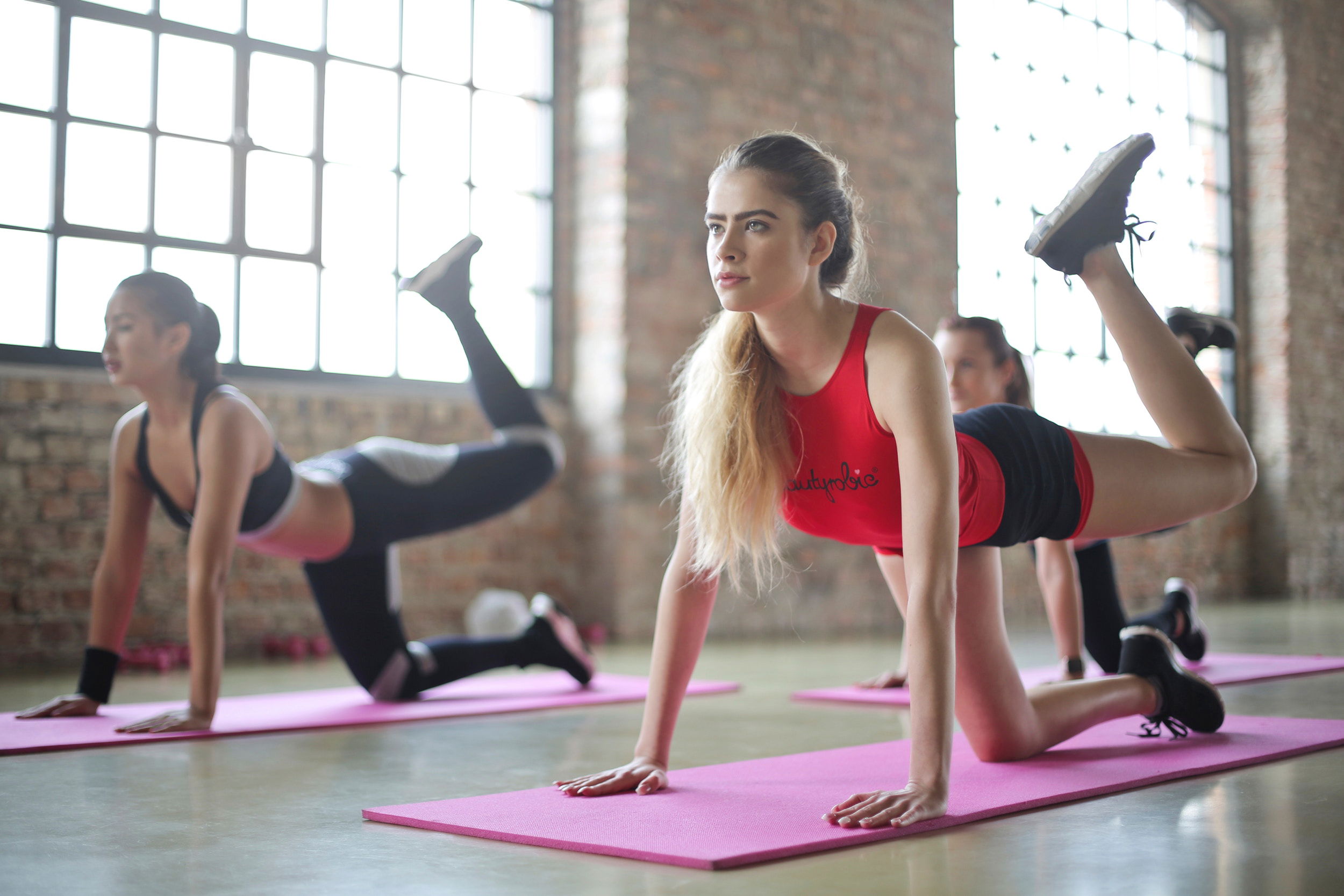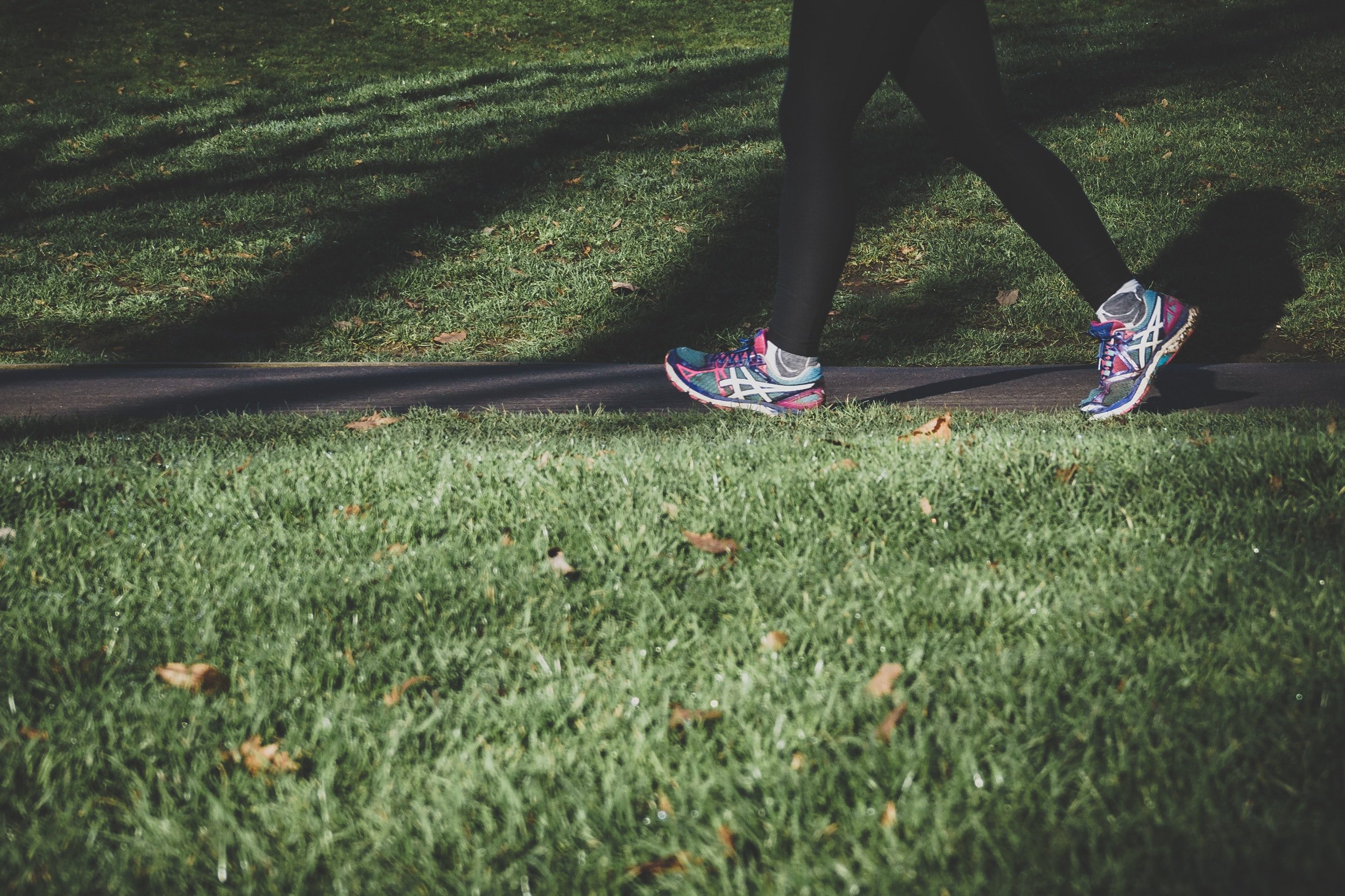From Sedentary to Active: Incorporating Exercise into a Busy Schedule
In today's fast-paced world, our schedules are often packed with work, family commitments, and various responsibilities, leaving little time for physical activity. However, the importance of regular exercise for our overall health and well-being cannot be overstated. Transitioning from a sedentary lifestyle to an active one is not only possible but also essential for maintaining optimal physical and mental health. In this article, we will explore the benefits of exercise, provide practical strategies for incorporating physical activity into a busy schedule, and offer inspiration for embracing a more active lifestyle.
The Importance of Exercise
Regular exercise offers a myriad of benefits that extend far beyond physical fitness. It is associated with improved cardiovascular health, enhanced mood, increased energy levels, and reduced stress and anxiety. Engaging in physical activity also helps maintain a healthy weight, supports joint health, and can even boost cognitive function.

Overcoming Barriers to Exercise
Time Constraints: One of the most common barriers to exercise is a perceived lack of time. However, with careful planning and creative scheduling, even the busiest individuals can find time for physical activity.
Lack of Motivation: Finding the motivation to start an exercise routine can be challenging, but once you experience the positive effects, motivation tends to naturally increase.
Physical Limitations: Some individuals may have physical limitations that require modifications to their exercise routine. Consulting a healthcare professional can help design a safe and effective plan.
Strategies for Incorporating Exercise
Prioritize Exercise: Just as you prioritize other important tasks, schedule exercise sessions into your calendar as non-negotiable appointments.
Short and Intense Workouts: High-intensity interval training (HIIT) offers effective workouts in a short amount of time.
Break It Up: If finding a continuous block of time is difficult, break your exercise into shorter segments throughout the day.
Combine Activities: Combine exercise with other activities, such as walking or biking to work, or doing bodyweight exercises while watching TV.
Use Technology: Utilize fitness apps or wearable devices to track your progress and stay motivated.
Involve Family and Friends: Turn exercise into a social activity by involving family members or friends in your routine.
Lunch Break Workouts: Use your lunch break to fit in a brisk walk, jog, or a quick workout.

Embracing an Active Lifestyle
Find Activities You Enjoy: Choose activities that you genuinely enjoy to make exercise a pleasurable experience.
Set Realistic Goals: Set achievable fitness goals that align with your current fitness level and gradually increase the intensity.
Stay Consistent: Consistency is key to adopting a more active lifestyle. Aim for a balanced mix of cardiovascular, strength, and flexibility exercises.
Conclusion
Incorporating exercise into a busy schedule is not only possible but also essential for maintaining optimal health and well-being. With determination, creativity, and a willingness to prioritize physical activity, you can transition from a sedentary lifestyle to a more active and vibrant one. Remember that the journey towards a healthier lifestyle is a personal one, and small, consistent efforts can yield significant results over time. By making exercise a non-negotiable part of your daily routine, you are investing in a future marked by vitality, strength, and a higher quality of life.
Sources:
- Mayo Clinic. "Exercise: 7 Benefits of Regular Physical Activity." https://www.mayoclinic.org/healthy-lifestyle/fitness/expert-answers/exercise/faq-20057916
- American Heart Association. "American Heart Association Recommendations for Physical Activity in Adults and Kids." https://www.heart.org/en/healthy-living/fitness/fitness-basics/aha-recs-for-physical-activity-in-adults
- National Institute on Aging (NIA). "Exercise & Physical Activity: Your Everyday Guide from the National Institute on Aging." https://www.nia.nih.gov/news/infographics/exercise-physical-activity-your-everyday-guide-national-institute-aging
- Healthline. "How to Get Fit: 3 Steps to Start a Beginner Workout Routine." https://www.healthline.com/nutrition/how-to-start-exercising#steps
- Verywell Fit. "How to Exercise: A Beginner's Guide to Working Out." https://www.verywellfit.com/how-to-exercise-a-beginners-guide-to-working-out-1230959